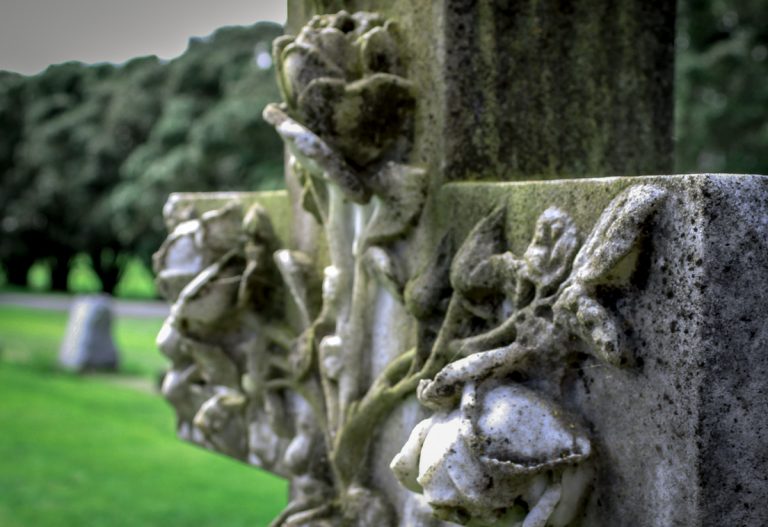
Are you ready to die?
The early 2000s were a difficult time for my family. In the space of 4 years, 6 of my close relatives died. Our first loss

The early 2000s were a difficult time for my family. In the space of 4 years, 6 of my close relatives died. Our first loss
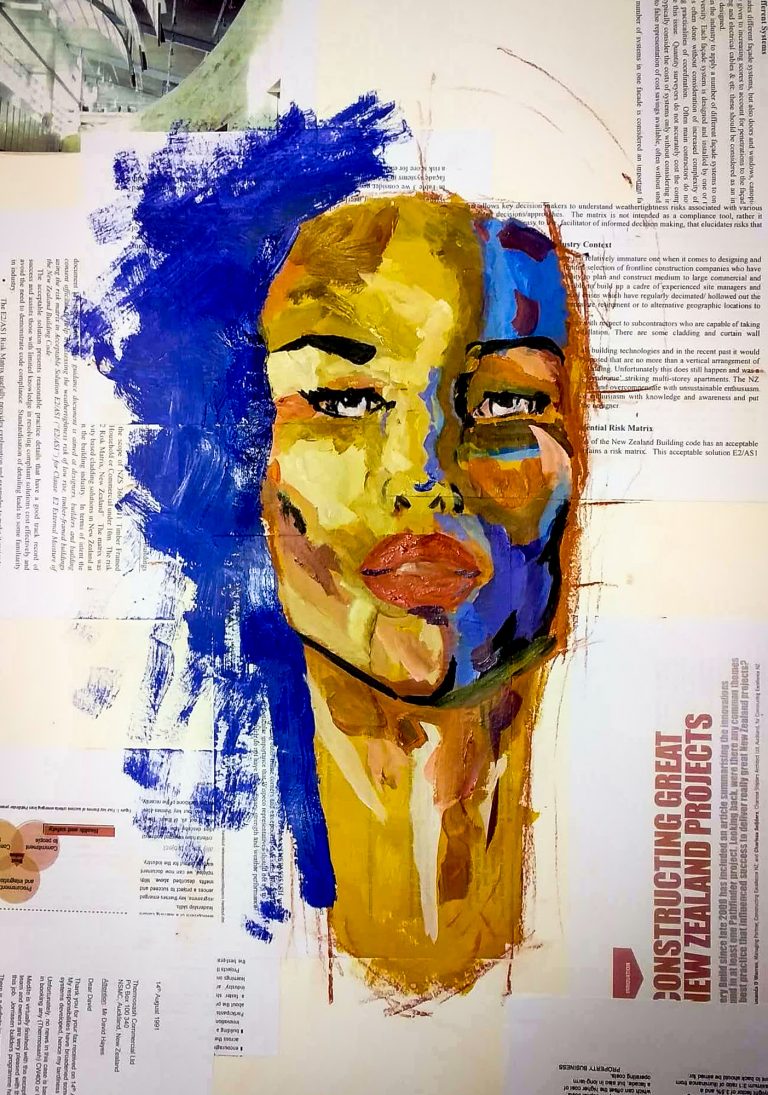
In early June this year, the Balmoral Seventh Day Adventist school in Auckland celebrated Pasifika night by hosting an auction of artwork. One young artist’s
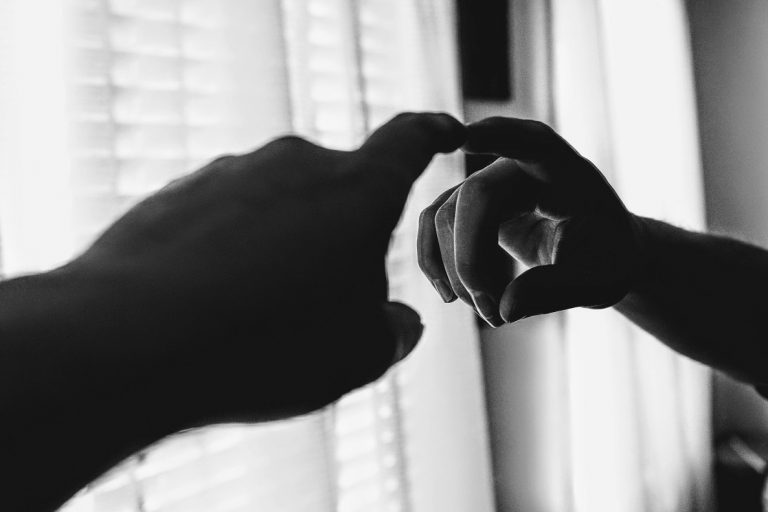
SASA. That was the first Samoan word that came to mind when asked the question, “What is your favorite Samoan word?” ATUA, was the second.
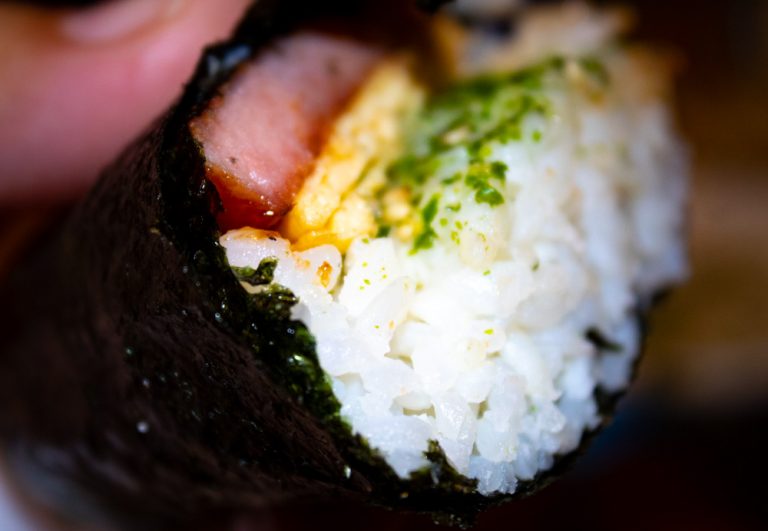
Every now and then, the stomach craves the foods of my childhood. Among the many – Spam musubi is ranked in the top three. This
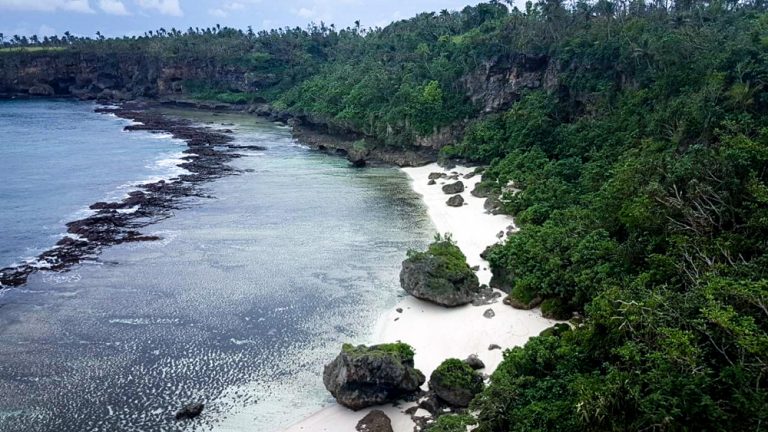
Tonga, a pacific island country made up of 169 islands, 36 of those uninhabited, most well known for their continuity of having a monarchy and
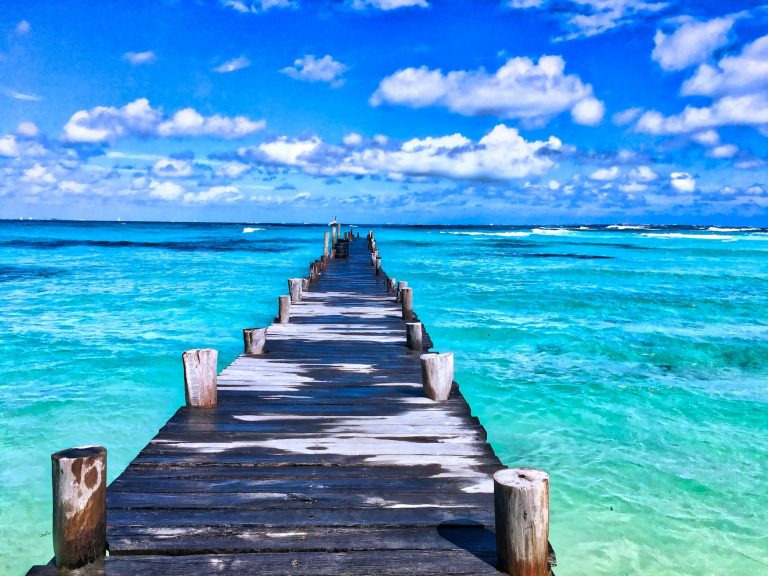
In the Cook Islands, I’ve recognised that age is not a factor when it comes to bombing. Wherever there is water you will no doubt
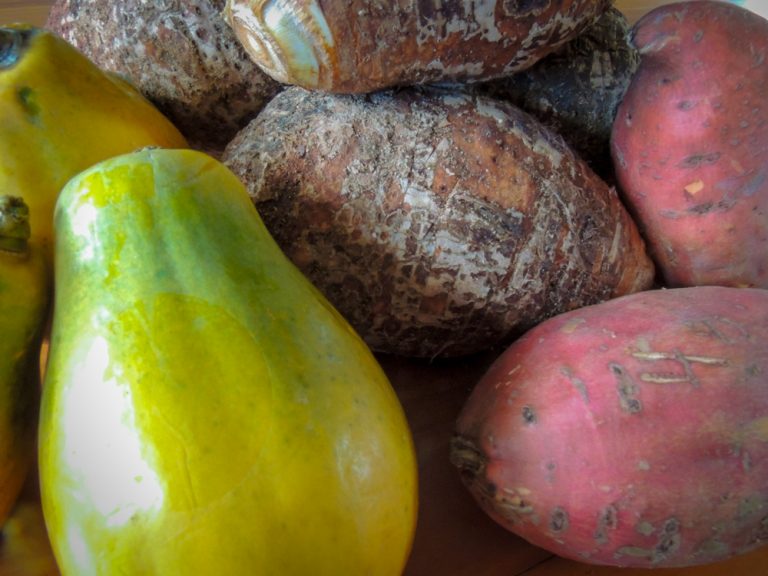
I’ve been told so many times about the deliciousness of the Niuean takihi and that it is a crime that I hadn’t tried it already
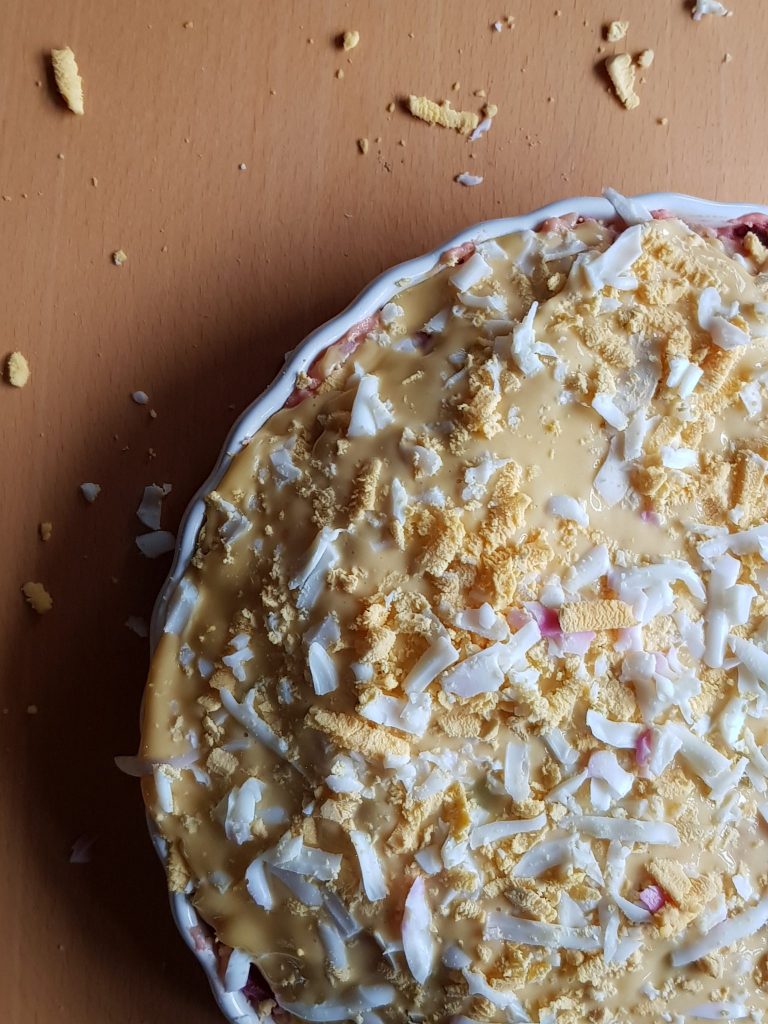
For first-timers, a pink potato salad combined with mixed frozen vegetable can look weird and borderline ewww. But actually, this is one of the most
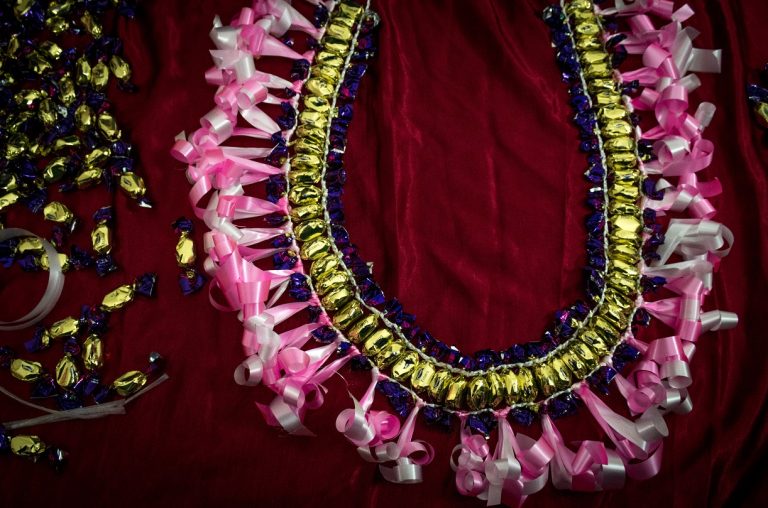
How does one create art or a tangible masterpiece out of a pile of lollies and ribbons? It is amazing how resourceful our people are